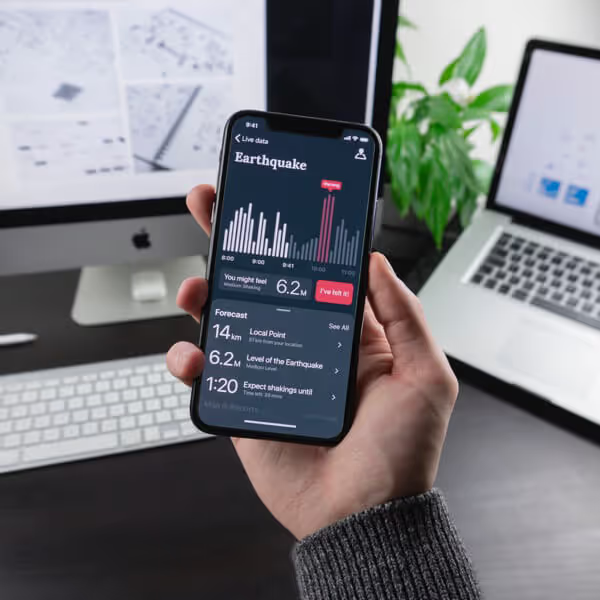ou’ve mapped your user journeys, designed clear navigation, and optimised your landing pages for every intent level. Yet conversions are still… flat.
You’re not alone.
Even beautifully designed websites often fail to convert because the words aren’t doing their job.
And that’s the irony - great design can get someone’s attention, but only great messaging keeps it.
At LimeHub, we see this all the time: businesses that can talk endlessly about what they do but struggle to articulate why it matters to the people they’re trying to reach.
That’s why a key step in your CRO strategy isn’t design at all. It’s messaging.
From “What We Do” to “What You Can Do”
Let’s be blunt - most website copy starts with “We.”
“We’re an award-winning agency.”
“We provide cloud integration services.”
“We help businesses grow.”
It’s natural. You’re proud of what you do. But your visitors didn’t come to hear your company bio - they came to solve a problem.
And that subtle shift - from your story to their story - is what separates websites that inform from websites that convert.
Let’s try that again:
“Connect your systems and unlock real-time visibility.”
“Build a brand that your customers actually remember.”
“Automate the busywork so your team can focus on impact.”
See the difference? Same offering. Different perspective.
The focus moves from your solution to their success.
CRO focus: Every headline, paragraph, and button should answer one question: What’s in it for the user?
Understand the Job to Be Done
This is where Jobs To Be Done (JTBD) thinking comes in - the idea that customers don’t buy products or services, they hire them to do a job.
When someone lands on your site, they’re not looking for “cloud migration services.” They’re looking to avoid downtime or scale efficiently.
They’re not looking for a “branding agency.” They’re looking to stand out in a crowded market or become the preferred choice.
Your website’s job is to speak directly to that underlying motivation - the why behind the click.
Message to Match Intent
In an earlier blog "Not All Website Visitors Are Created Equal: How Intent Shapes Conversion Strategy", we talked about where people enter your site (front door, side door, or blog window).
Now let’s match the message to their mindset:
- Homepage visitors: They’re assessing. Your copy should build trust and relevance.
“You’ve found the right partner to scale your brand with clarity.” - Landing page visitors: They’re validating. Your copy should confirm they’ve found the exact solution.
“Seamless integrations that reduce downtime - and stress.” - Blog visitors: They’re exploring. Your copy should educate and open the next step.
“Here’s how leading marketers turn content into conversions.”
CRO focus: Tailor your language to the visitor’s readiness, not your internal priorities.
Structure Your Message Around Outcomes, Not Offers
Here’s a simple framework we use with clients:
Job → Frustration → Desired Outcome → Solution
For example:
- Job: “I need to manage remote teams.”
- Frustration: “Our current tools don’t integrate.”
- Desired Outcome: “I want visibility without micromanaging.”
- Solution: “Our platform gives you clarity across teams in one dashboard.”
Notice how the solution only makes sense after you’ve acknowledged the job and the pain.
That’s empathy-driven CRO - and it works because it mirrors how humans actually make decisions.
CRO focus: Speak to emotion first, logic second. People justify with reason, but they act on emotion.
Test and Refine Your Messaging
Just as you A/B test button colours or layouts, test your language.
Try running two headline variations:
- Version A: “We provide managed IT services.”
- Version B: “Keep your systems running, so your business never skips a beat.”
Track which one drives more engagement, scroll depth, or clicks. (Spoiler: it’ll be the second one.)
You can also use tools like session recordings or heatmaps to identify drop-offs - often, these reveal where the copy loses relevance or momentum.
CRO focus: Optimise for resonance, not readability. Clarity gets attention; empathy keeps it.
The Heart of Conversion
When your messaging speaks to the user’s goals, your website shifts from being a digital brochure to being a problem-solver.
It’s the difference between:
“We do web development.”
and
“Launch faster, convert better, and take control of your website without the code chaos.”
The second one makes the user feel something. It connects the dots between need and outcome.
And that’s what good messaging does - it builds confidence that you get them.

.avif)












